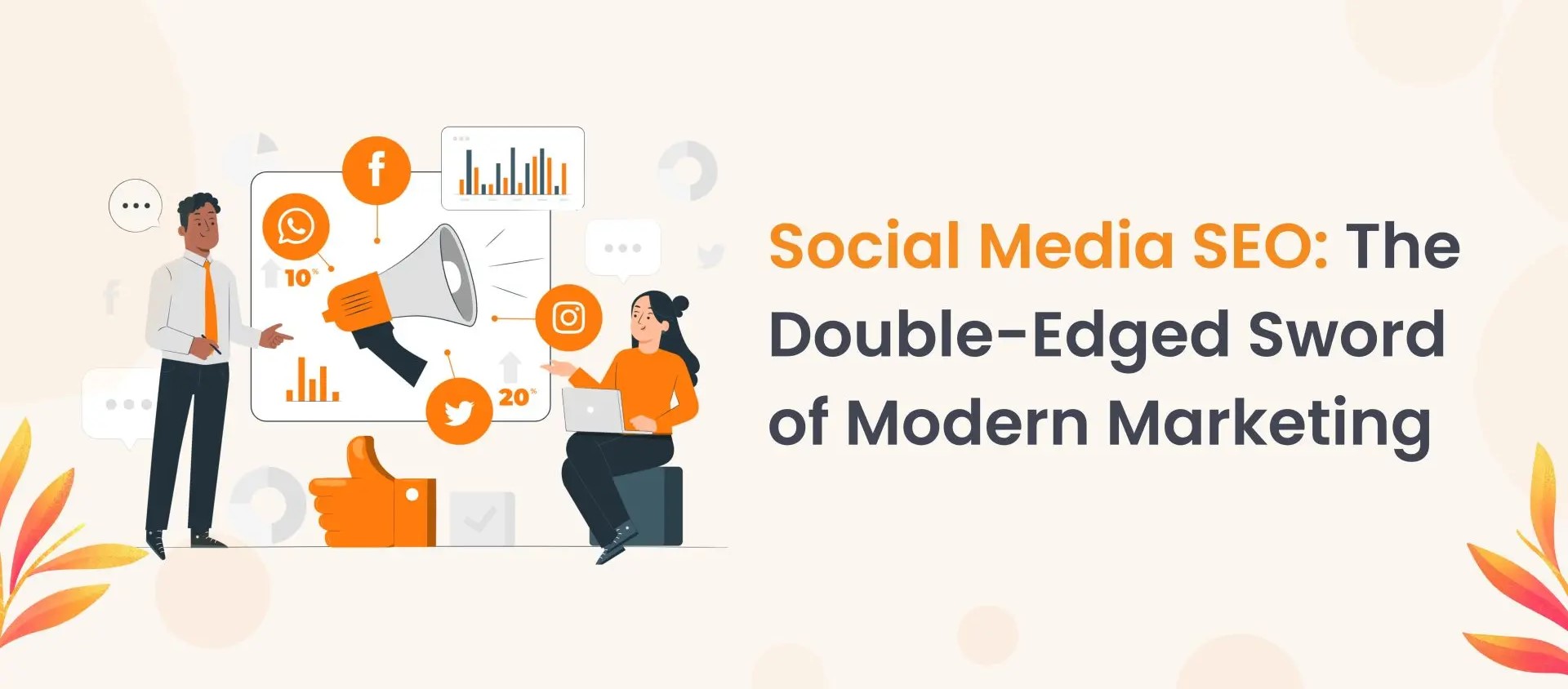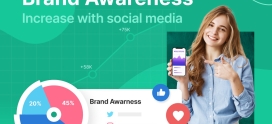
The Intersection of Social Media Marketing and SEO
- 30 April 2024
- by: Aniyya Nawab
- in: Social Media
- note: no comments
The Intersection of Social Media Marketing and SEO: Maximizing Your Digital Presence
In the ever-evolving landscape of digital marketing, the relationship between social media marketing and search engine optimization (SEO) has become increasingly intertwined. While social media and SEO are often viewed as separate strategies, leveraging the power of social media platforms can have a significant impact on your website’s search engine rankings and overall online visibility. Let’s explore how social media marketing influences SEO and the role platforms like Facebook, Twitter, TikTok, YouTube, and Instagram play in this dynamic relationship:
1. Increased Brand Visibility and Awareness
Social media platforms serve as valuable channels for increasing brand visibility and awareness. By sharing engaging content, interacting with followers, and fostering community engagement on platforms like Facebook, Twitter, TikTok, YouTube, and Instagram, businesses can amplify their online presence and reach a larger audience. This increased visibility not only drives traffic to your social media profiles but also increases brand mentions and backlinks, which are important factors in SEO.
2. Social Signals and Search Engine Rankings
Social signals, such as likes, shares, comments, and followers, are considered indicators of a website’s credibility and authority by search engines like Google. Websites with a strong social media presence and high levels of social engagement are often perceived as more reputable and trustworthy, leading to higher search engine rankings. By actively engaging with your audience on social media platforms and generating social signals, you can positively impact your website’s SEO performance.
3. Content Distribution and Link Building
Social media platforms provide powerful channels for distributing content and building backlinks to your website. By sharing blog posts, articles, videos, and other valuable content on platforms like Facebook, Twitter, TikTok, YouTube, and Instagram, you can attract traffic to your website and encourage users to link back to your content. These inbound links not only drive referral traffic but also improve your website’s authority and credibility in the eyes of search engines, ultimately boosting your SEO efforts.
4. Local SEO and Geo-Targeting
Social media platforms offer robust targeting options that allow businesses to reach specific audiences based on demographics, interests, location, and more. This geo-targeting capability is particularly valuable for local businesses looking to improve their local SEO presence. By leveraging platforms like Facebook, Twitter, TikTok, YouTube, and Instagram to target users in specific geographic areas, businesses can increase their visibility in local search results and attract more customers from their target market.
5. Social Proof and User Engagement
Social proof, or the influence of social signals on user behavior, plays a significant role in SEO. Websites that have a strong social media presence and high levels of user engagement are perceived as more credible and authoritative by search engines. By cultivating a loyal following and fostering meaningful interactions with your audience on social media platforms, you can enhance your brand’s social proof and improve your website’s SEO performance.
Conclusion: Integrating Social Media Marketing and SEO
In conclusion, social media marketing and SEO are interconnected strategies that work together to enhance your digital presence and drive results. By leveraging the power of social media platforms like Facebook, Twitter, TikTok, YouTube, and Instagram, businesses can increase brand visibility, generate social signals, build backlinks, improve local SEO, and enhance social proof – all of which contribute to higher search engine rankings and increased online visibility. By integrating social media marketing into your overall SEO strategy, you can maximize your impact and achieve sustainable growth in today’s competitive digital landscape.



